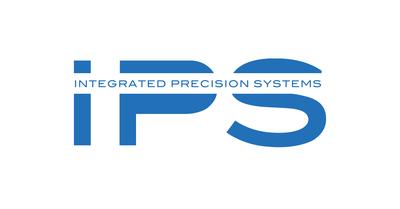PEAK Internet employs Paessler PRTG to offer better services to its customers
About PEAK Internet
As a full-service ISP, PEAK Internet offers: T1 and commercial bandwidth options, co-location services, virtual and dedicated servers, High-speed DSL, fixed wireless, WildBlue satellite, onsite installations, spam and virus solutions, website design, website hosting, a 24/7 help desk, walk-in repair service, and nationwide local access and dial-up acceleration.
Executive summary
Industry
Hosting, IT, Telecommunication
Company Profile
PEAK Internet is an American Internet Service Provider (ISP) in the state of Oregon.
Challenges
"We were looking for a single point of monitoring for our whole business at the best cost, with ease of use."
(David Placko, Chief Technology Officer at PEAK Internet)
Solution/Benefits
"PRTG was a real winning solution for us. In summary, PRTG enables PEAK Internet to offer better value/ service to our customers, differentiates us from other ISPs, and is enabling us to add to our services an ability to help monitor our customers' networks thus producing a new channel of revenue for us!"
(David Placko)
"We were looking for a single point of monitoring for our whole business at the best cost, with ease of use. PRTG was a real winning solution for us."
David Placko, Chief Technology Officer at PEAK Internet
Challenges
PEAK Internet prides itself on offering the best technology and service to its customers. While many other ISPs are not bothered when their customers alert them to an outage, Peak wanted to do better. In the past, PEAK Internet employed a variety of network monitoring tools (Nagios, Smoke Ping, Monit, Zenoss, What’s Up Gold, and Zabbix). They were looking for a single point of monitoring for their whole business at the best cost, with ease of use.
Solution/benefits
PEAK Internet employs Paessler PRTG Network Monitor to monitor multiple Optical Carrier (OC) 3 and Gigabit Ethernet (Ge) connections to upstream providers and carriers. The ISP uses PRTG to monitor internal, external, and customer networks. In addition to using NetFlow sensors, PEAK Internet employs the following sensors: Ping, SNMP (CPU, interface traffic, RSSI radio signals), RDP, DNS, FTP, HTTP, HTTP Advanced, SMTP, POP3, IMAP WMI (disk, memory, CPU, network), SQL, VMware ESXi, and VMware Virtual Machine.
Using PRTG, PEAK Internet is able to stay informed of any network, server or device warning errors, or general outages.
"PRTG gives us a single point of monitoring for our whole business – making network troubleshooting and monitoring a much more proactive task and allows staff to be aware of issues before extended outage scenarios," says Placko.
Placko also noted that because Paessler charges according to the number of sensors and there is no charge from Paessler for remote probes, PEAK Internet plans on monetizing a service to monitor networks of the ISP's customers.
Conclusion
Placko says: "In summary, PRTG enables PEAK Internet to offer better value/service to our customers, differentiates us from other ISPs, and is enabling us to add to our services an ability to help monitor our customers' networks thus producing a new channel of revenue for us!"
Get to know more happy PRTG customers
Customer success story Integrated Precision Systems & PRTG
PRTG helps Integrated Precision Systems keep their clients’ networks online, reducing emergency situations and increasing revenue. ➤ Read the complete customer success story now!
Customer success story Uggerly Installation & PRTG
The IT team at Uggerly Installation describes PRTG as a good all-rounder that many more companies should know about. ➤ Read the complete customer success story now!
Customer success story Green Olive Tree & PRTG
By using PRTG, Green Olive Tree returns their customers’ servers to running at a much higher standard in a very short period of time. ➤ Read the complete customer success story now!



